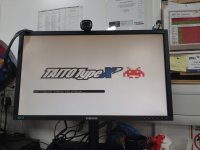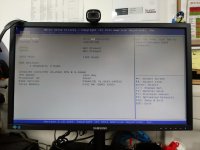So I got a i5 2400 of eBay for cheap (£6 inc) & after further testing have concluded that the mobo is good & the I/O is toast although does light up I cannot get any video with it plugged in but its all good without it.
Only one usb port works though as before.
I expect to sell the mobo as working as I'm not swapping back & the I/O for parts on eBay.
Only one usb port works though as before.
I expect to sell the mobo as working as I'm not swapping back & the I/O for parts on eBay.




